Hand of the Gods Review
Pros: Adequate number of cards available, enjoyable matches, decent graphics and animations
Cons: Gameplay is basic, limited customization due to small decks, unoriginal
Score: TBD
We recently checked out Hand of the Gods: Smite Tactics from developers Hi-Rez Studios, responsible for third person MOBA Smite. Hand of the Gods sees the team transition into the Card Collecting Game strategy genre, the title offers similar CCG mechanics with the addition of a board game type strategy. The game is now in open beta with players able to sign up for free through the website and check out the game for themselves.
The game does initially follow many classic Trading Card Game (TCG)/CCG mechanics, starting out with the available factions. In Hand of the Gods players build decks belonging to one of the various available ancient Pantheons of gods, the same as those seen in the Smite moba. Currently we see the Greek, Egyptian, Mayan, Norse, Chinese and Roman, with cards that are unique to them to define the pantheons play style, as well as the typical neutral category that can fit into any deck. Each deck must have 25 cards in it, starting with a Leader card that defines the pantheon and the available mana-fuelled ability you can use each turn, and you can’t have more than 2 copies of a card.
The cards themselves are split between Item and Unit cards, Items being cast-from-the-hand spell type cards and Units being those that you play onto the battlefield. Each card has a mana cost, each turn your mana pool replenishes and increases by 1. It’s all sounding very very familiar and fits right into the description of practically every other CCG/TCG out there. The difference comes in when you start placing units.
Divided into Minions and Gods (essentially more powerful Minions) these, as expected, have an attack value and a damage value. Attacking your enemy and you both deal your marked damage on each other, once a unit takes all its health damage then it is destroyed. Similarly with other CCGs units have typical traits such as the ability to Protect their adjacent allies and mitigate damage, or heal friendlies, or Silence other units to stop their own traits working. Unlike other classic CCGs, however, when you play your units you place them onto an 8x5 gridded battlefield.
Each turn, barring the turn that you first place a unit on the battlefield, players can move all their units around the battlefield. The aim of the game is to out-position your opponent, taking out their units and working your way across the battlefield towards their Summoning Stone. The Summoning Stone is where your own units enter battle, being placed on an adjacent tile to it, as well as being the victory condition for the game; deal 25 points of damage to the enemy Stone and you are the winner.
The combat is generally quite fun, the 25 card limit seems appropriate given how quick matches can be as once you get a lead it did feel quite easy to snowball a victory. Building the decks there were a decent selection of cards, enough to let a new player not feel overwhelmed but perhaps not enough to offer an absolute ton of different tactics. New cards, and presumably Pantheons, will come in time and currently a lot of the Gods are already seen as actual God cards to appear as elite units in battle. Building up currency through matches was quick enough, with Casual, Unranked, Ranked and Arena game modes currently available, and the 5 cards from a Card Pack in the store is good enough.
What we weren’t as keen on was that with the ability to disenchant unwanted cards into resources used to craft new cards, was that it wasn’t just needed duplicates that you could make, instead you could make cards you didn’t even own. It opens up a little bit too much customization with players able to create the same powerful builds, instead of working with what they’ve got. The ability to just buy cards with cash and disenchant them is the same as letting players just buy cards directly, albeit costly with you getting between 20-25% the amount of dust from disenchanting as it costs to create.
Aside from the potential pay-to-win deck building our biggest issue with the game is that, honestly, we don’t see the point in its existence. Whilst it is fun enough to play it’s far from the first CCG meets board-game strategy on the market. We’ve see this in Krosmaga (though you don’t get to directly move your units), Faerie which is arguably a far better game with deeper strategy with its whole land creation mechanic, and Duelyst which has been out for 2 years and is arguably the same kind of game.
Hand of the Gods, as decent as the matches might have been, bring absolutely nothing new to the table compared to the more developed MMOs of a similar style already out there. It feels bare bones, it feels like Hi-Rez wanted to make a new game for a new genre and so they made the simplest one that they could. There’s multiple map background, but the layout is always the same, there’s no battling over mana wells on the map for additional strategy, the Summoning Stones are stationary (as opposed to your moving leader in Duelyst). It’s a very casual experience and, at times, feels a little half hearted.
From this side of the fence what it feels like is that Hi-Rez is now trying to pull a Blizzard and merge some of their IP with Smite and make a new game out of it, similar with how the Heroes of the Storm (HOTS) MOBA uses characters from Blizzard’s different franchises. In the same vein both Hearthstone and HOTS have been labelled as “casual” in comparison to their competitors within the genre. The difference is that each has their nuances and hidden depths (as well as a huge fan base that love the franchises); Smite is based on ancient mythology and so there isn’t the same investment to the theme for fans, and the hidden depths in Hand of the Gods has been totally missed.
The game isn’t terrible, far from it, and the matches we played were enjoyable. We’re just not sure the game will have the longevity or the strategic depth to keep people interested long enough to make the game big.
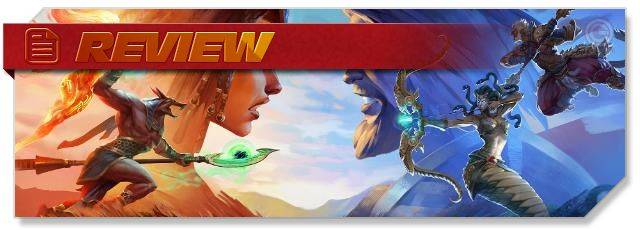
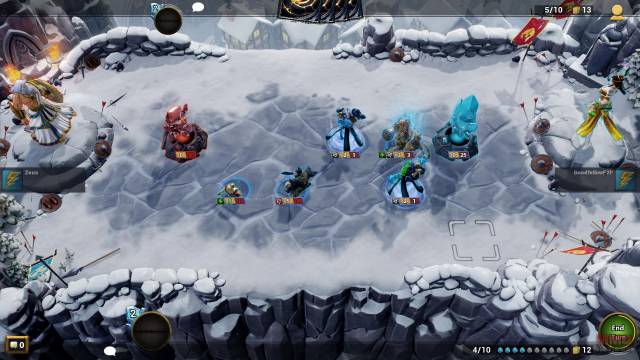
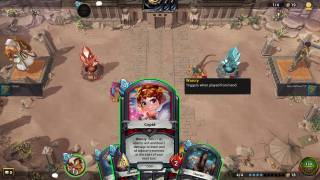
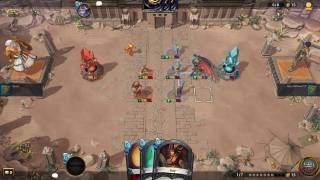
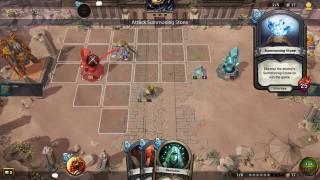
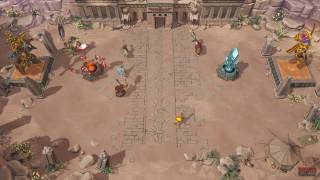
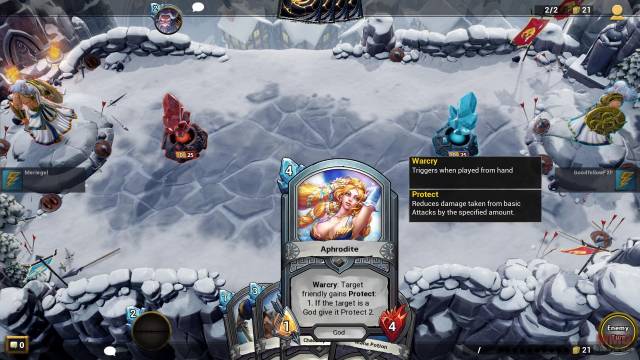
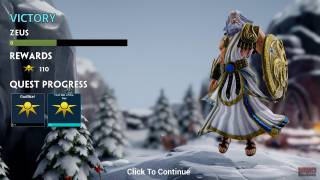
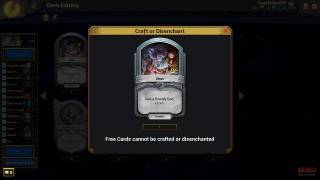
Deja tu comentario
You must be logged in to post a comment.